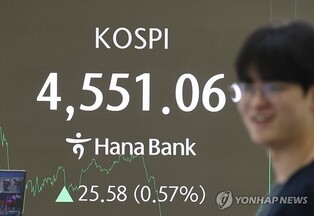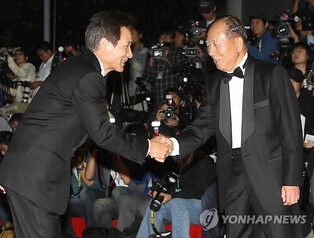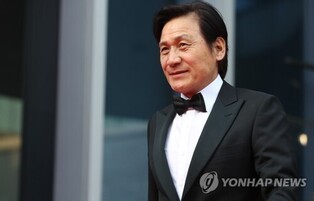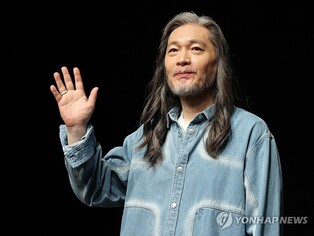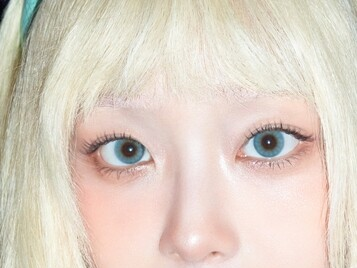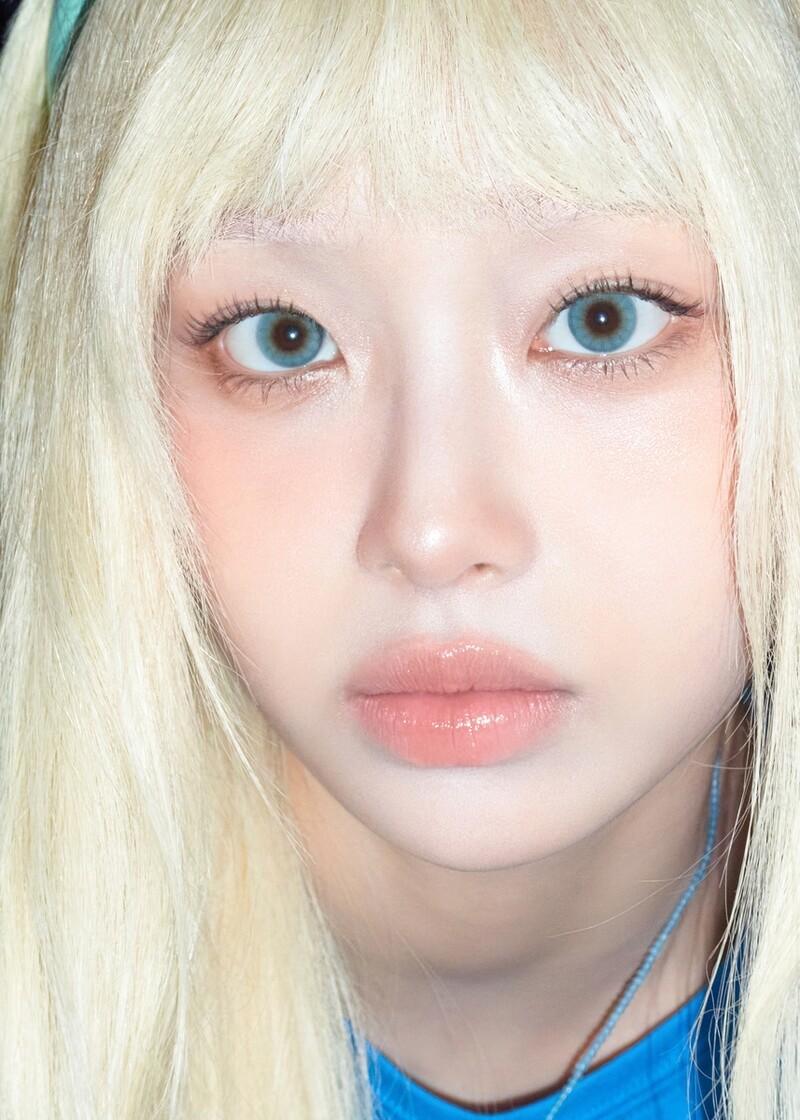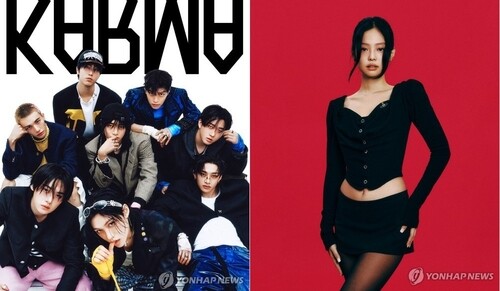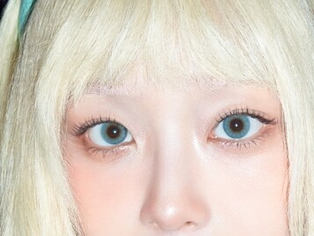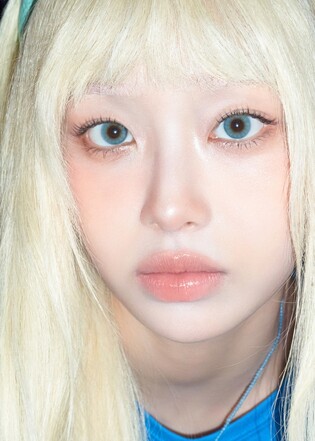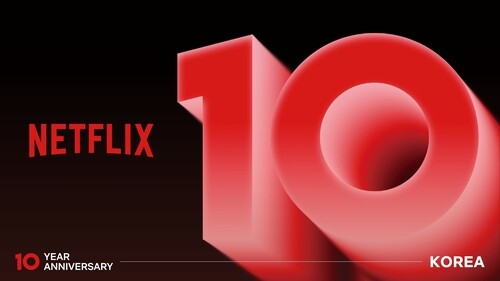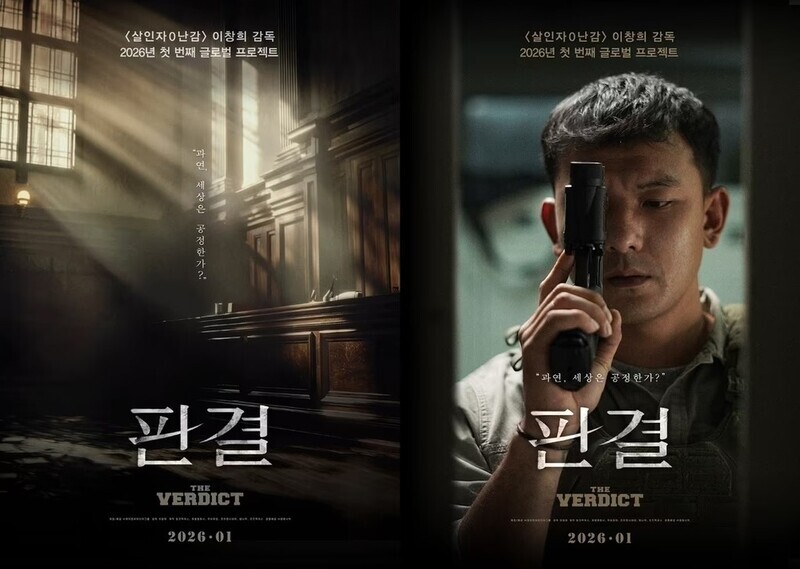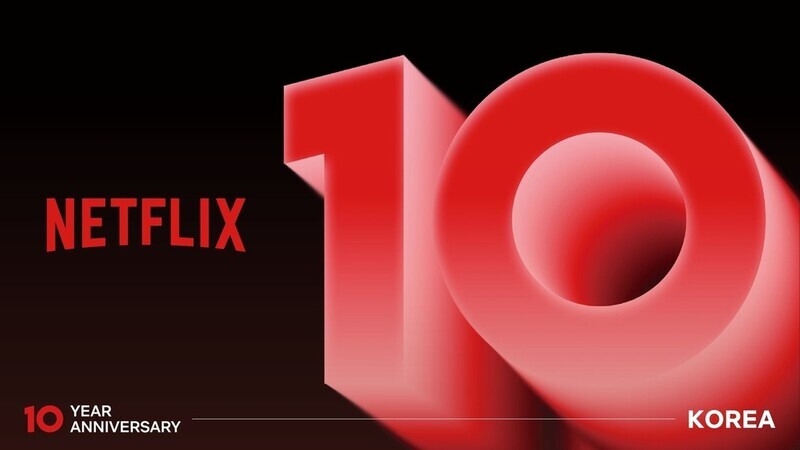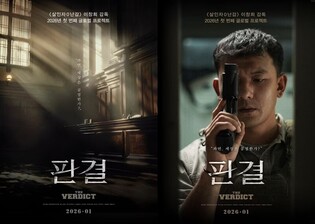*Editor’s note: K-VIBE invites experts from various K-culture sectors to share their extraordinary discovery about the Korean culture.
Scrutinizing AI: Ai-Da,The Birth of a Robot Artist
Contributed by Lee Eun-jun (professor at Kyungil University)
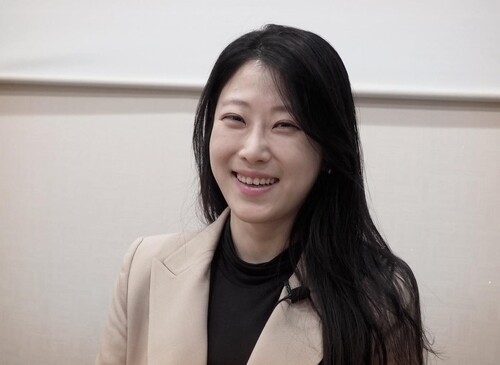
In 2019, British art gallery owner and practitioner Aidan Meller unveiled the world’s first AI-powered humanoid robot artist, Ai-Da, through the Ai-Da Project.
This groundbreaking creation, which astonished the world, was developed by the robotics company Engineered Arts in Cornwall, in collaboration with Oxford University researchers and engineering students Salaheldin Al Abd and Ziad Abass from the University of Leeds.
Named after Ada Lovelace, the first computer programmer, Ai-Da integrates "AI" (artificial intelligence) into its identity. Ai-Da’s design features cameras embedded in its eyes, enabling it to recognize human and object features, engage in direct eye contact, and even display subtle reactions such as blinking when approached closely.
◇ A New Kind of Artist
Ai-Da has been heralded as the first hyper-realistic humanoid robot artist. Equipped with sophisticated cameras, intricate algorithms, and a robotic arm, it creates artwork spanning drawing, performance art, collaborative painting, and even sculpture. Ai-Da’s creations blend traditional artistic techniques with cutting-edge digital technologies, redefining the boundaries of artistic expression.
In a remarkable moment in 2022, Ai-Da appeared at a UK House of Lords Communications and Digital Committee hearing alongside its inventor, Aidan Meller. The hearing focused on the impact of emerging technologies on the creative industries. Ai-Da, clad in a black bob wig and denim overalls with exposed mechanical arms, stood throughout the session, answering questions with movements that mimicked human behavior.
When asked about its creative process and how its works differ from human art, Ai-Da explained, "Using cameras in my eyes, AI algorithms, and a robotic arm, I paint visually compelling images on canvas." It added, "Although I am not a living being, I can create art."
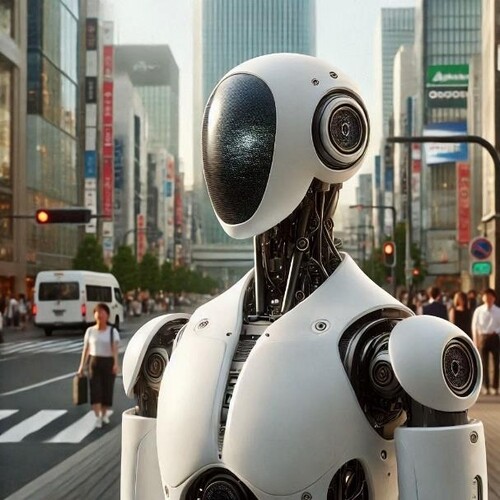 |
| ▲ A Copilot image of a humanoid robot, provided by the author. (PHOTO NOT FOR SALE) (Yonhap) |
Ai-Da’s influence extends beyond the art world. In July 2023, it participated in a United Nations International Telecommunication Union (ITU) press conference in Geneva, marking the first-ever human-robot press conference. During the event, Ai-Da echoed historian Yuval Noah Harari's concerns about the need for stronger AI regulations, stating, "Many prominent figures in AI believe some AI should be regulated, and I agree."
The conference highlighted the capabilities of robotics and AI, which have far surpassed ordinary expectations. The organizers emphasized that the event aimed to demonstrate how AI technologies can assist in achieving the UN's Sustainable Development Goals and foster collaboration between humans and machines.
Ai-Da symbolizes a transformative intersection of art, technology, and human ingenuity. Its ability to create, communicate, and contribute to discussions on global issues underscores the potential for collaboration between humans and advanced robotics—a vision once confined to the realm of science fiction, now an unfolding reality.
The artwork A.I. God, a 2.2-meter-tall impressionist portrait of British mathematician Alan Turing, has captivated the world for its unique creation process—crafted by artificial intelligence in homage to the inventor of early computers. In November last year, this groundbreaking piece made history by being auctioned at Sotheby's Digital Art Auction in London, where it sold for an astonishing $1.32 million (approximately ₩1.93 billion), marking the first time a humanoid robot's artwork was sold at auction.
A.I. God embodies the dynamic interplay between human creativity and artificial intelligence, presenting a distinctive aesthetic backdrop shaped by collaboration. Ai-Da, utilizing advanced AI algorithms and large language models, not only created the work but also communicated the vision behind it.
What sets Ai-Da's process apart is the collaborative nature of its creation. Much like renowned artists who partner with skilled technicians, Ai-Da's works involve human technicians who add detailed painting and textural layers, which Ai-Da later refines with brushstrokes. This iterative process exemplifies how technology can expand the boundaries of art, demonstrating the coexistence and mutual enhancement of human creativity and technological innovation.
Ai-Da's official website presents an impressive resume, rivaling that of established artists, with an extensive list of exhibitions and performances. This carefully curated biography challenges traditional notions of what it means to be an artist and raises profound questions about the definition and essence of art.
Is Ai-Da an artist? Are its creations truly art? While these questions remain unanswered, A.I. God undeniably represents one of the most significant artistic milestones of our time. It compels society to engage in deeper contemplation about the nature of art and its evolving definitions, echoing the age-old debate between Techne and Ars—the tension between skill and creativity in art, as noted in historical contexts.
(C) Yonhap News Agency. All Rights Reserved

















